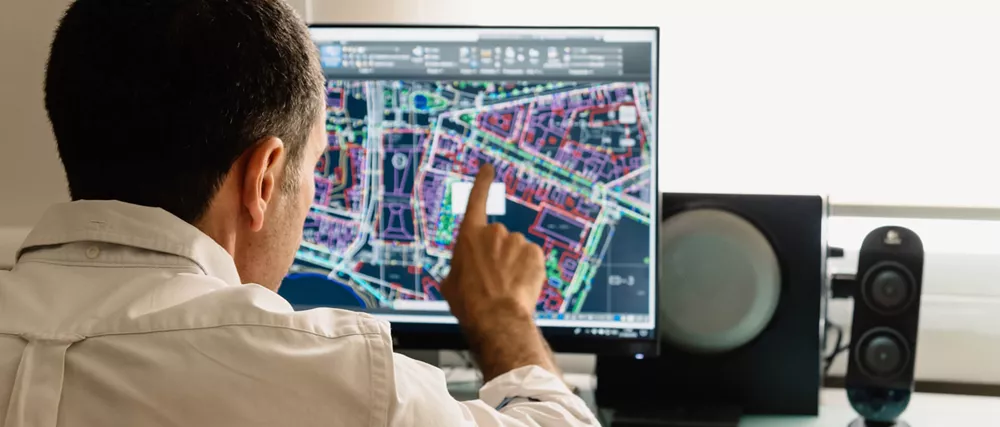Advanced manufacturing is more about how you think than what you make. Advanced manufacturing businesses are independent but integrated, globally active but conscious of their local environments. Most of all, they innovate – and with that innovation comes risk that must be managed.
Advanced manufacturing isn’t exactly a new term, but it’s evident that when we use it we’re still not all speaking the same language. While it’s true that the stereotypical images of robots building robots and 3D-printers squeezing out fully formed products definitely belong in the conversation, advanced manufacturing extends into every aspect of a business, not just what’s happening on the factory floor. Even more “traditional” areas of the sector stand to benefit from advanced methods, approaches and thinking, and our definition needs to reflect that. What we’re really talking about is an undeniable shift in the ways we’re using information, drawing from other disciplines and developing or incorporating new technologies, materials and processes. At the same time, as we’re seeing with construction, manufacturing is finding new ways of collaborating with other sectors and organisations such as education and research institutes. The goals of the industry haven’t changed – other than a greater awareness of and focus on sustainability and environmental issues. What are changing are the paths we’re taking to achieve those goals.
This, of course, means that a lot of the really advanced work is going on under the surface and behind closed doors. Yes, the more visible side of advanced manufacturing is still very much in evidence, but many of the actual advances are more conceptually subtle. One robot might look like another while it’s actually at work. However, advancements in Artificial Intelligence mean that we’re already moving past the limits of traditional programming techniques. Rather than locking a robot into a linear, repetitive series of pre-defined tasks, modern machines can actually be “trained” or, through machine learning technology, even learn from “experience” without explicit instruction.
Robots are only the tip of the automation iceberg, of course. As the Industrial Internet of Things continues to grow, the machinery and equipment the manufacturing sector relies on keep getting smarter and more interconnected. Sensors are identifying, diagnosing and even predicting problems, communicating crucial information to each other and taking steps to resolve the issues. Linking up sensing and actuation equipment is a great way of optimising energy consumption, and predictive technologies are working to cut downtimes to a minimum and boost productivity as a whole.
As for the human element, Augmented and Virtual Reality technologies are already making the advanced manufacturing facility a safer, more efficient place. Moreover, our understanding of what AR and VR can do for the sector is evolving rapidly. Increasingly, we’re using them to invite consumers and end users into the conversation, participating in the process in ways we’ve never seen before. AR technology can allow a customer to test a pair of glasses remotely, using their own facial measurements to ensure a perfect fit and style. With Virtual Reality, customers can design an entire furnished space essentially from scratch.
Naturally, all this innovation takes resources and carries risk – but with traditional low-tech thinking, methods and businesses dying off, the risks of failing to innovate are very much higher. Recognition of this simple fact is behind the UK government’s Research & Development Tax Credits scheme - and is why it’s still the largest and most valuable support and incentive system of its kind. The true value of innovation doesn’t end with your own business - or even your own sector. When you’re solving problems with wider implications for the economy, society or the environment, R&D Tax Credits are the key to ensuring your innovation pays off even if your projects never do. RIFT’s R&D specialist teams have the experience, expertise and in-depth industry knowledge to ensure you get the very best from your innovation.
Talk to RIFT about your next tax credits claim, and let us make sure your best ideas always bring the greatest possible reward.


Our technical teams specialise in hunting down all your qualifying R&D costs and turning them into a serious financial boost for your business.
Get in touch
